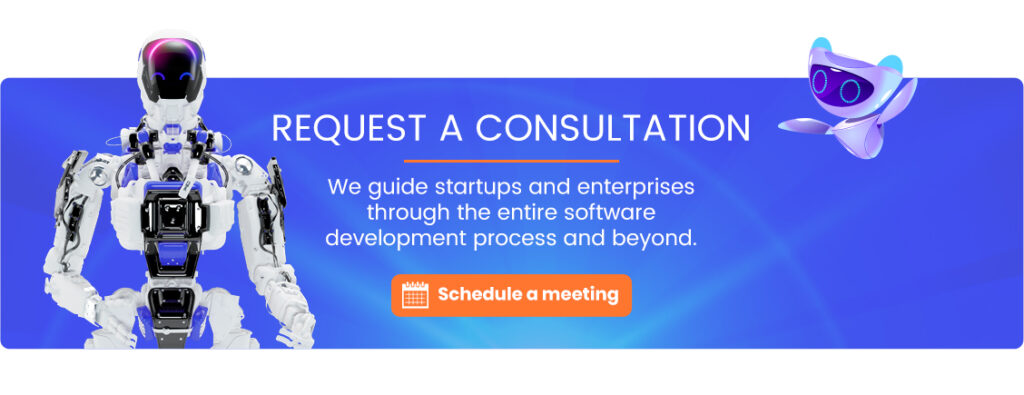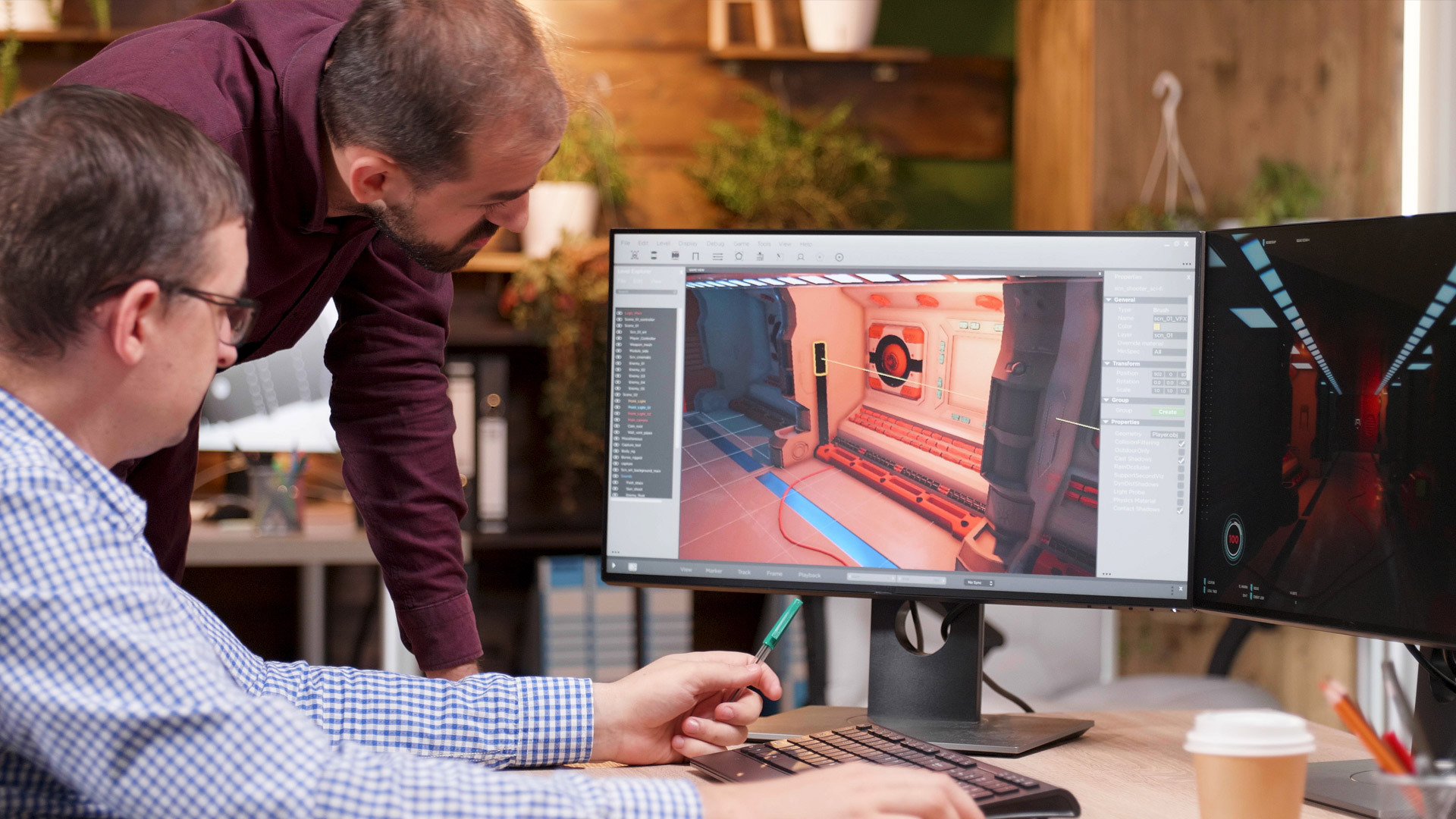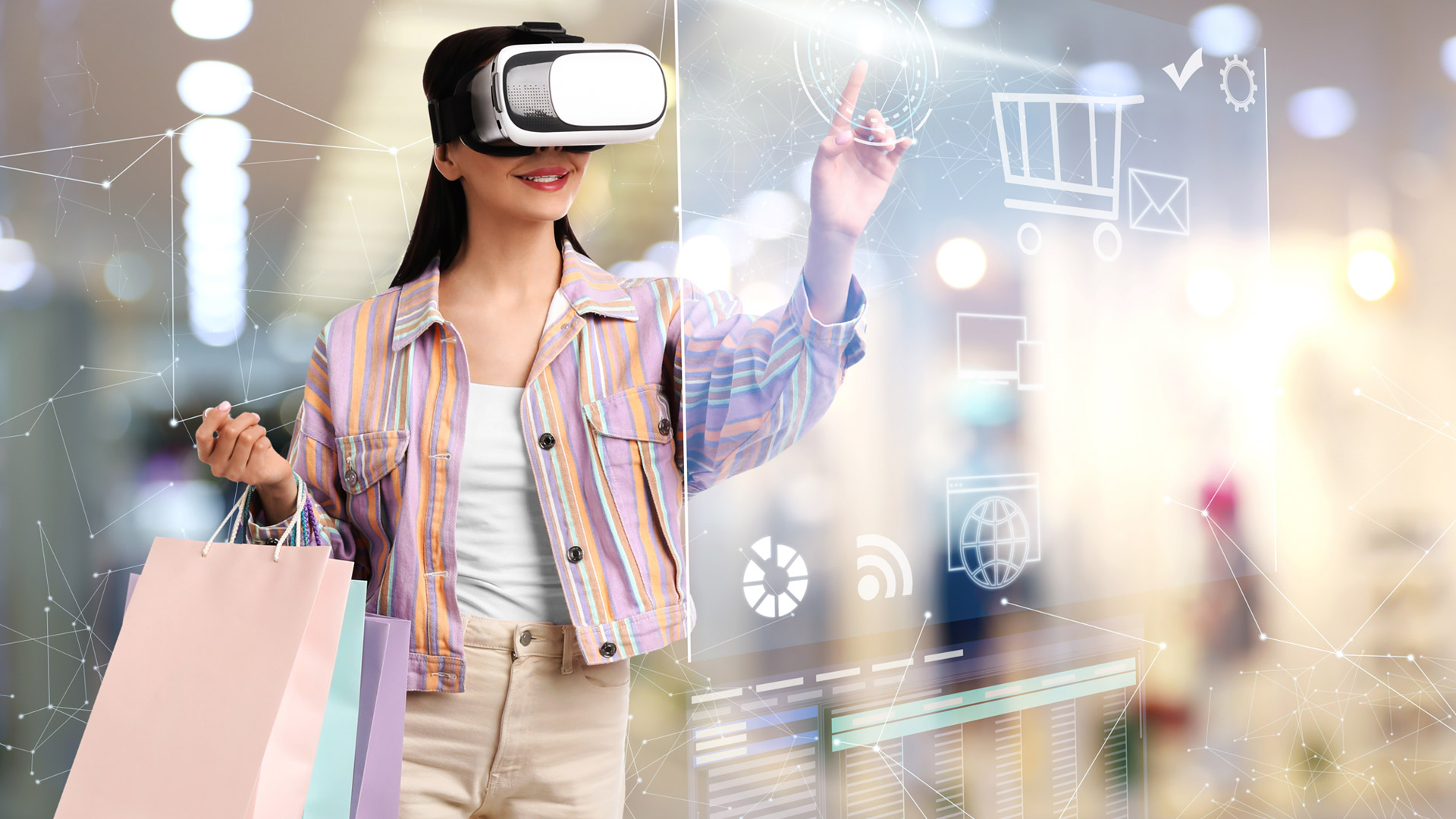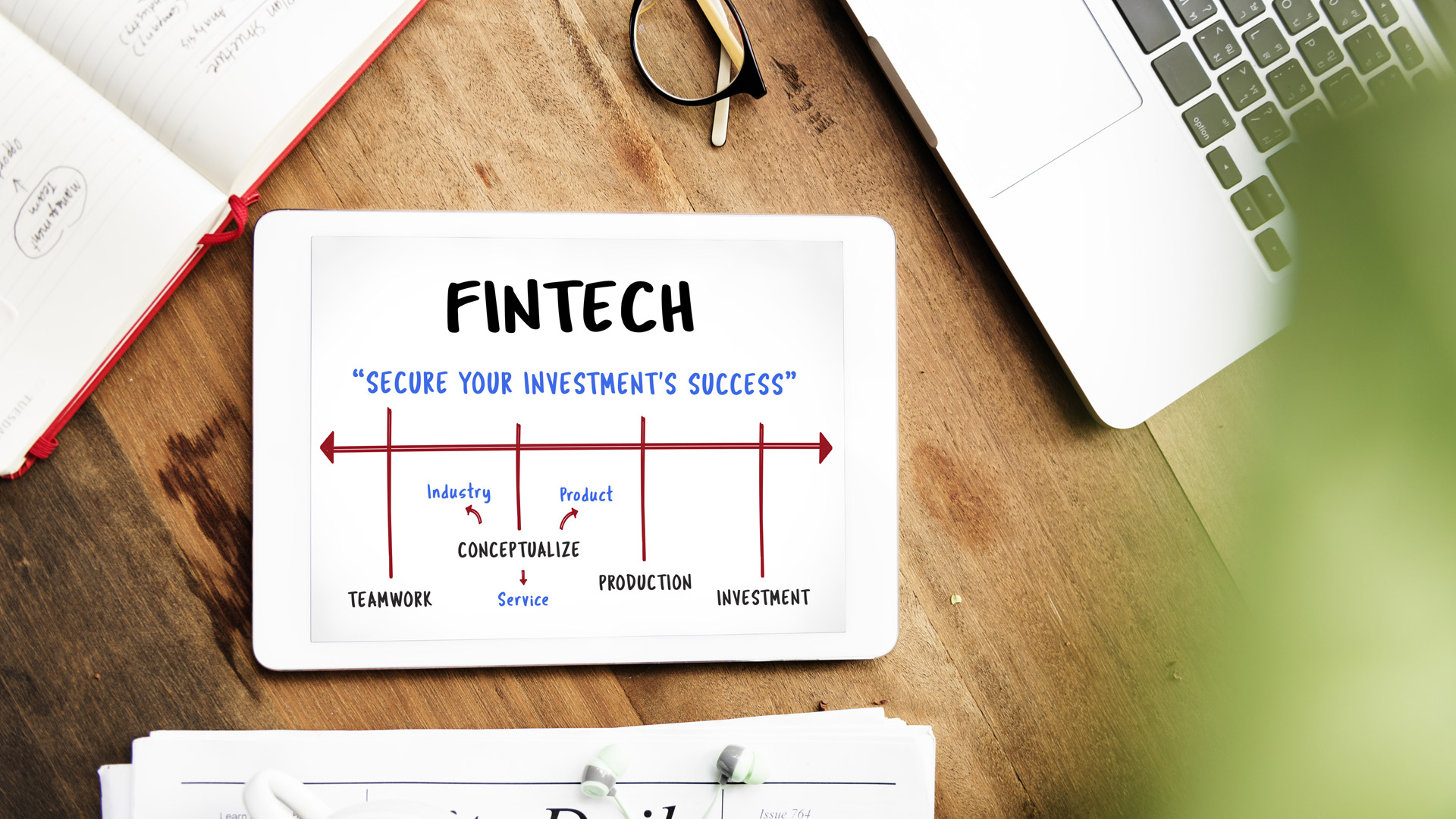As an IT enthusiast passionate about technology and its impact on different fields, I have witnessed how AI has revolutionized various industries. One of the most exciting advancements has been the integration of AI in product design.
Gone are the days when designers had to rely solely on their instincts and creativity to develop innovative designs. AI now equips designers with new tools and insights that were once beyond imagination.
From automating tedious tasks to predicting user preferences, AI enhances every aspect of the product design process. This has resulted in the creation of products that are visually stunning, highly functional, and user-friendly.
AI has become the new frontier of engineering and design. Initial. We will explore the world of AI-powered product design and product management, exploring the latest trends, tools, and techniques shaping the industry.
What Is Artificial Intelligence Product Design And Why Is It Important?

Have you heard of AI product design? It’s a process where businesses use artificial intelligence (AI) to develop and improve their products. With AI, companies can streamline their product design process and create better products that meet customer needs through user data analysis.
AI product design is essential because it helps businesses understand customer preferences and needs by analyzing user data. By studying this data, companies can develop new ideas for products they know people will love. Plus, AI can help optimize production processes and reduce costs, which is always a plus.
One of the most extraordinary things about AI product design is that it allows companies to simulate how their products will behave before production. That way, businesses can test their plans and make necessary changes before manufacturing.
AI can also help personalize customer products by using data to create unique designs and features that cater to individual preferences.
Another benefit of AI product design is that it makes it easier and faster to create prototypes. With AI tools, companies can design and test prototypes faster, bringing new products to market more quickly.
In a nutshell, AI product design is a game-changer for product management and design. With AI, businesses can create and improve products that genuinely meet the needs and desires of their customers. AI helps companies optimize production processes, simulate the behavior, personalize products, and quickly and efficiently create prototypes.
How Is AI used In Product Design?

Artificial Intelligence (AI) is changing product design, making more user-friendly, intuitive, and better products. AI integration in product design has increased speed, efficiency, and accuracy in product development.
One way in which AI is used in product design is through computer-aided design (CAD) software. Designers can create 3D models of products using CAD software, allowing them to visualize and test different methods before they are manufactured.
AI-powered CAD tools automate many design processes, such as generating alternative design options, optimizing designs based on material properties, and identifying potential manufacturing issues. This speeds up the design process and reduces the likelihood of errors or flaws in the final product.
Another way AI is used in product design is through generative design. Using algorithms, generative design generates multiple options based on specific design goals and constraints. Designers can choose the best design option from the developed alternatives, leading to more innovative and efficient product designs.
AI-powered UX design tools can improve user experience (UX) in product design. UX determines how easily and intuitively users can interact with a product. AI-powered tools can analyze user data and feedback to pinpoint discomfort in user experience and suggest design improvements. AI-powered tools can analyze user behavior on a website or app to identify areas where users are getting stuck or frustrated and offer design changes to improve the user experience.
Finally, AI is used in product design to optimize products for specific environments or use cases. For instance, AI can optimize products for extreme environments such as space, deep-sea exploration, or high-altitude environments. AI can also optimize outcomes for specific user groups, such as people with disabilities or the elderly, by analyzing data on their particular needs and limitations.
How Can Designers Use AI In Product Design?

In today’s fast-paced market, product designers want to leverage artificial intelligence (AI) to improve their design process and create innovative solutions. AI can be utilized in various ways to aid designers in product management and development.
One way is by analyzing user data to identify user needs and preferences, which can inform the design process. AI can also generate solution proposals, considering cost, functionality, and feasibility.
Moreover, AI can automate the design and manufacturing process, allowing designers to focus on higher-level tasks. By automating repetitive tasks, AI can also reduce the risk of errors and save time. AI-driven design tools and software are becoming increasingly popular in the design industry, providing designers with new and innovative ways to explore and refine their ideas.
AI is expected to play an even more significant role in the future of product design. As AI technology advances, designers can use it to create more intelligent and intuitive products. Furthermore, machine learning algorithms can analyze user data to identify patterns and trends that designers can leverage to create better outcomes.
AI can help with industrial design, product creativity, and product development. By designing and building AI products and services, designers can create unique and innovative solutions that meet the needs of their customers.
Benefits And Challenges Of AI In Product Design

Artificial intelligence (AI) has been increasingly adopted in product design, enabling designers to create more innovative and efficient products. However, using AI in product design also presents challenges that must be carefully considered.
Benefits Of AI In Product Design

AI in product design benefits designers by increasing creativity through new ideas and solutions, saving time by automating tedious tasks, improving stakeholder collaboration, providing data-driven insights for better decision-making, and creating realistic 3D visualizations of designs to identify issues early.
Challenges Of AI In Product Design

AI in product design benefits designers by increasing creativity through new ideas and solutions, saving time by automating tedious tasks, improving stakeholder collaboration, providing data-driven insights for better decision-making, and creating realistic 3D visualizations of designs to identify issues early.
Examples Of AI-Powered Technologies
Artificial Intelligence (AI) has become an increasingly common part of our everyday lives. From the personal assistants on our phones to the algorithms that power our favorite social media platforms, AI makes many tasks more accessible and more efficient. In this section, we’ll explore ten examples of AI-powered technologies that have become a part of our daily routines and briefly explain how they work.
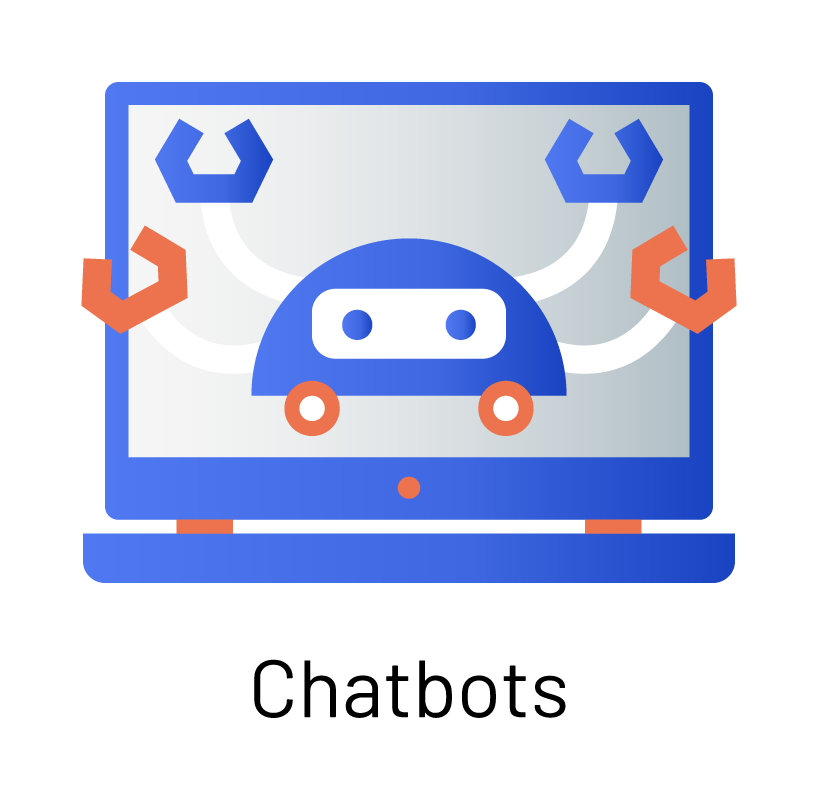
Computer programs that simulate human conversation through voice or text interactions. Their approach involves leveraging natural language processing (NLP) and machine learning (ML) algorithms to comprehend and address user inquiries. One such example is OpenAI’s brand new ChatGPT.
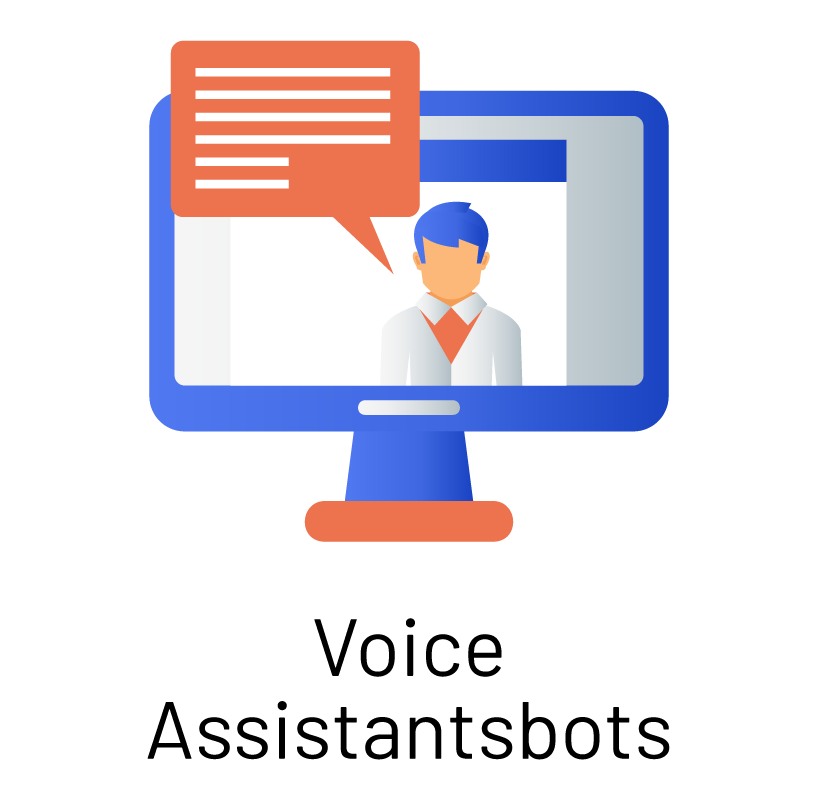
Virtual assistants like Siri, Alexa, and Google Assistant use NLP to understand voice commands and provide relevant information.
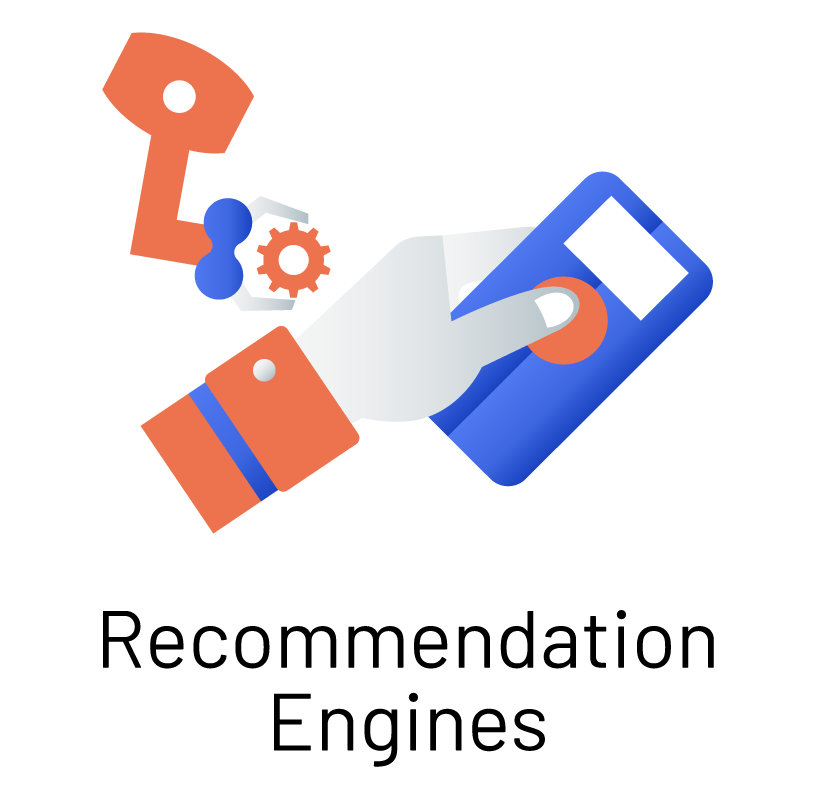
Websites like Netflix and Amazon use algorithms to suggest content to users based on their previous behavior and preferences.
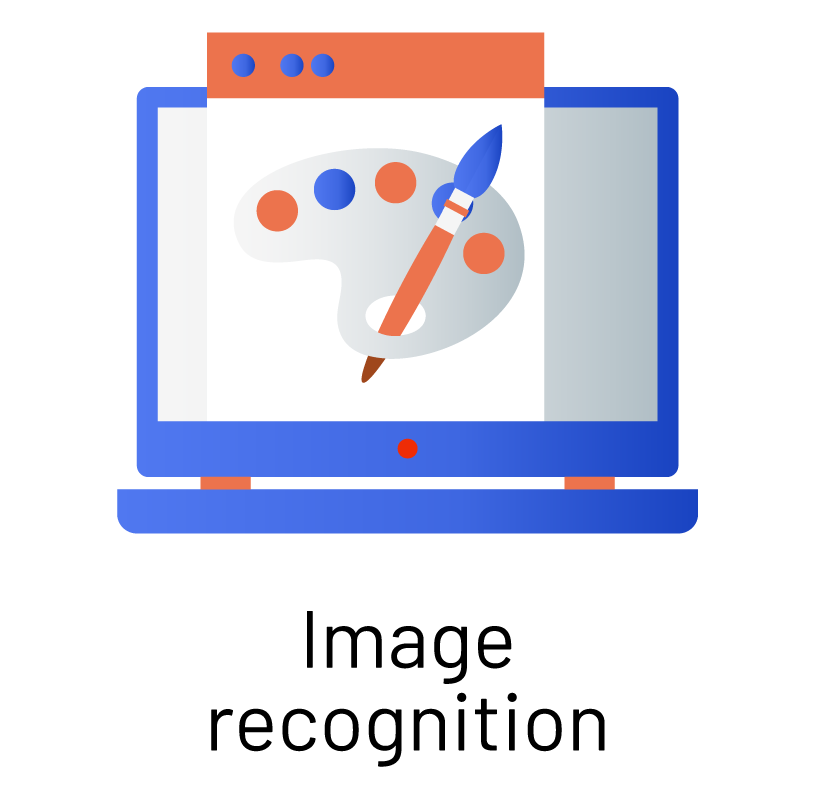
AI algorithms identify and categorize objects and features in digital images, often used in security systems and social media. Google Lens is one famous example of this technology.

AI-powered software detects and filters out unwanted or malicious messages in email and messaging applications. Google’s Gmail or other messaging applications use these filters.
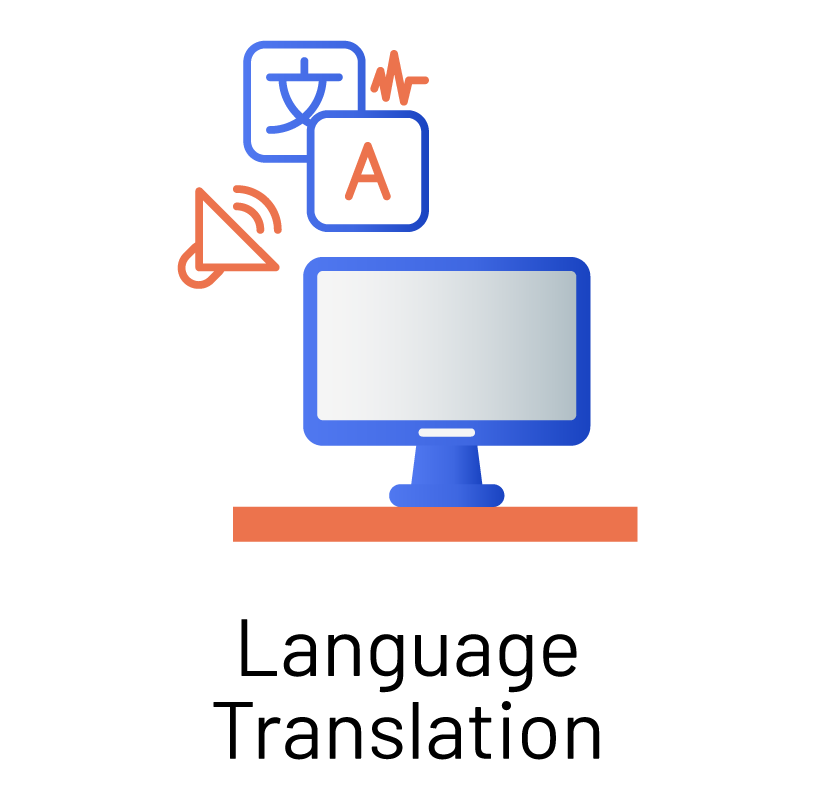
Platforms like Google Translate and Microsoft Translator use AI algorithms to translate text from one language to another.
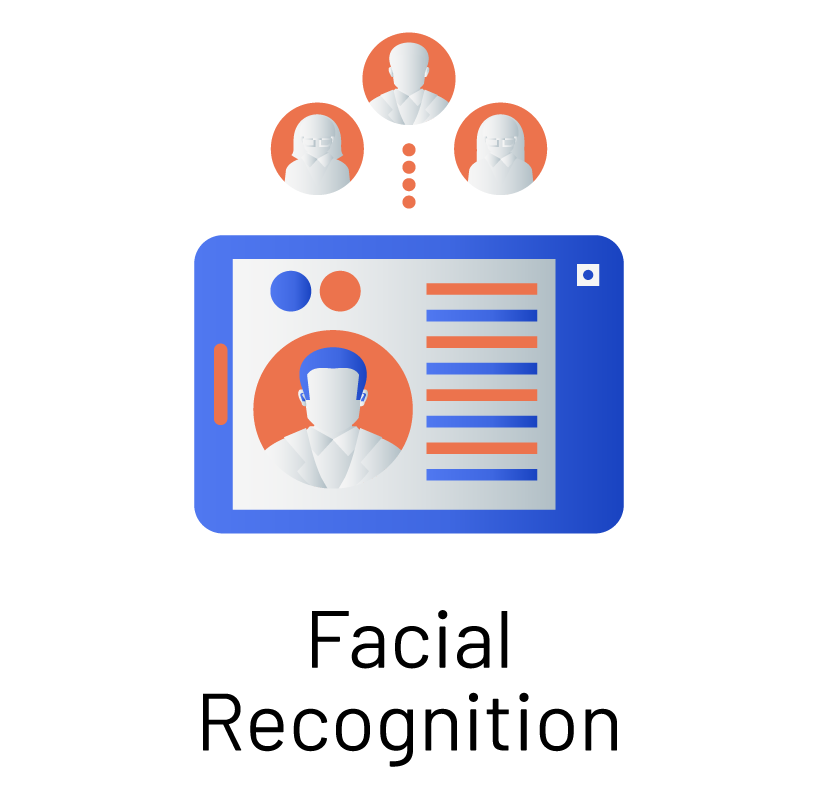
AI technology identifies and authenticates individuals based on facial features commonly used in security systems and social media.
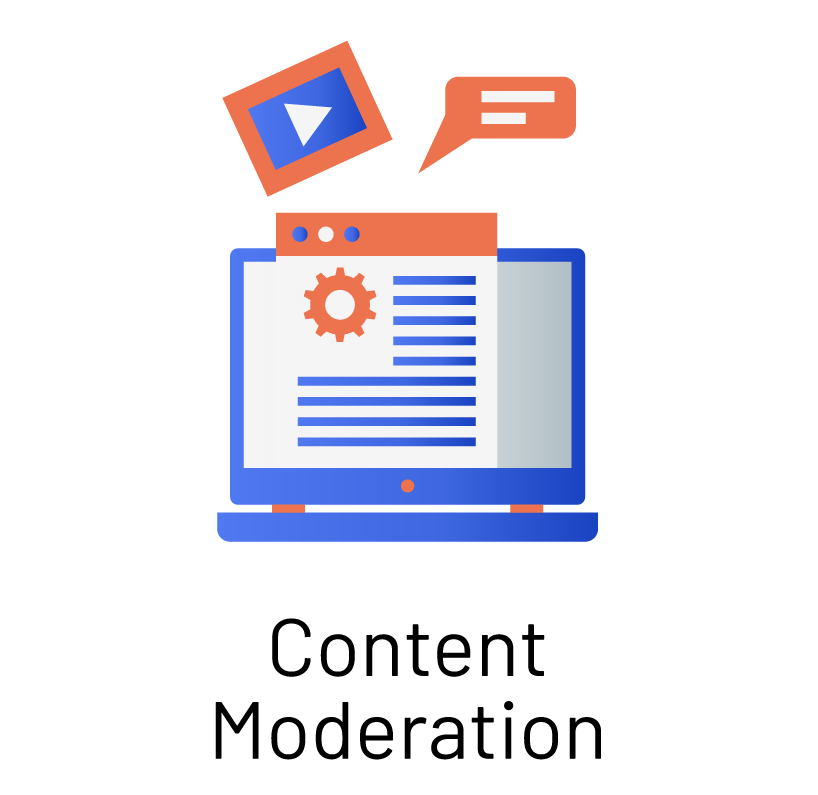
Social media platforms use AI-powered tools to detect and remove inappropriate or harmful content.
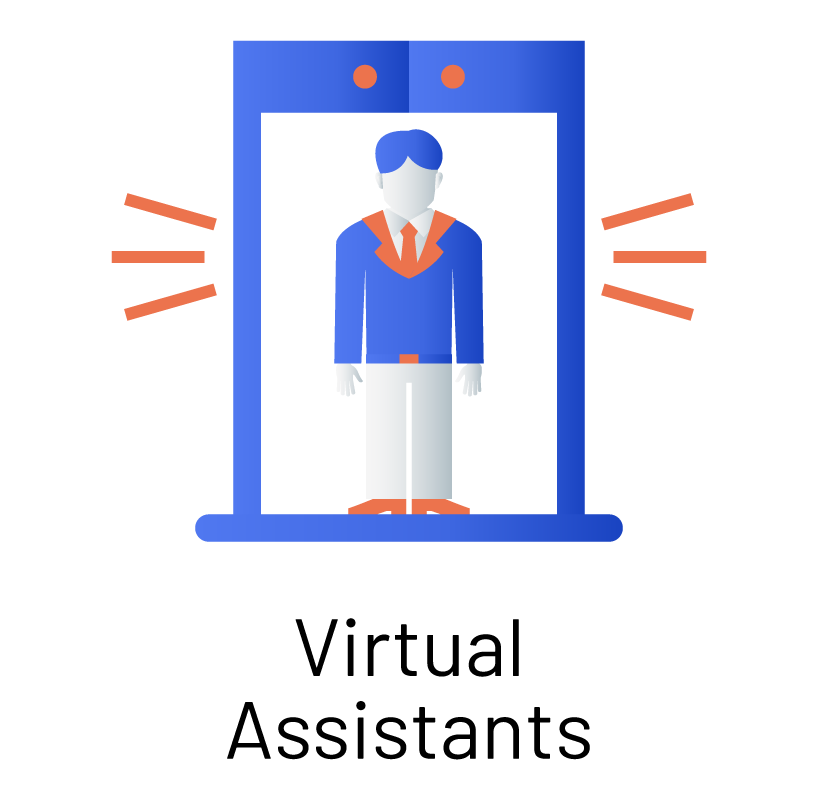
AI-powered software that can assist with a wide range of tasks, from scheduling appointments to making online purchases. One of the newest virtual assistants is Microsoft’s Bing AI.
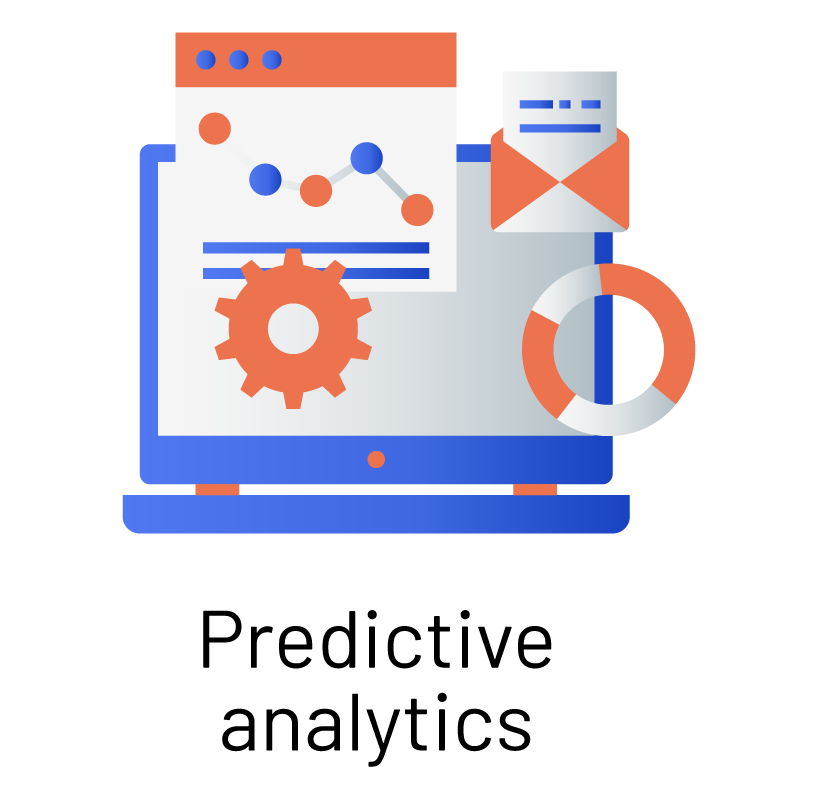
AI algorithms that analyze data to identify patterns and predict future outcomes are often used in business and finance.
The Future Of AIIn Product Design

The future of AI in product design is full of exciting possibilities. Generative design is one of the most promising areas, which uses algorithms to generate multiple design options based on user-specified parameters. This allows designers to explore various possibilities and quickly identify the most optimal design solutions.
Another area where AI is poised to make a significant impact is predictive analytics. By analyzing substantial volumes of data from diverse sources, AI algorithms can help designers make more informed decisions about everything from materials and manufacturing processes to user behavior and market trends.
Personalization is another area where AI will likely play a growing role in product design. With the help of machine learning algorithms, designers can create customized products tailored to individual users’ unique needs and preferences. This could lead to more satisfied customers and increased sales for companies offering personalized products at scale.
Finally, AI-powered quality control is becoming increasingly important in product design. By using machine learning algorithms to analyze product data and identify patterns of defects, designers can swiftly detect and resolve problems before escalating into something more serious. This can help companies save time and money while improving customer satisfaction and brand reputation.
Overall, the future of AI in product design looks bright, with the potential to revolutionize how we think about and approach the design process.
With the continual advancement and increasing sophistication of AI technologies, we can anticipate witnessing the emergence of even more groundbreaking and transformative applications in the years ahead.
Conclusion: What Does This All Mean for the Future of Product Design?
AI is taking product design to a whole new level. Designers are now equipped with tools and insights that were once beyond imagination, enabling them to create innovative, efficient, and user-friendly products.
With AI, businesses can optimize production processes, simulate product behavior, personalize products, and develop prototypes quickly and efficiently. Plus, designers can focus on higher-level tasks, collaborate more effectively, and unleash their creativity thanks to AI-powered design tools and software.
Of course, AI in product design has its challenges. However, the potential benefits are fascinating. The future of AI in product design looks bright, with the potential to revolutionize the way we approach design, create even more efficient and innovative products, and provide personalized solutions for customers. So, let’s get excited about the future as AI continues to evolve and transform product design!
